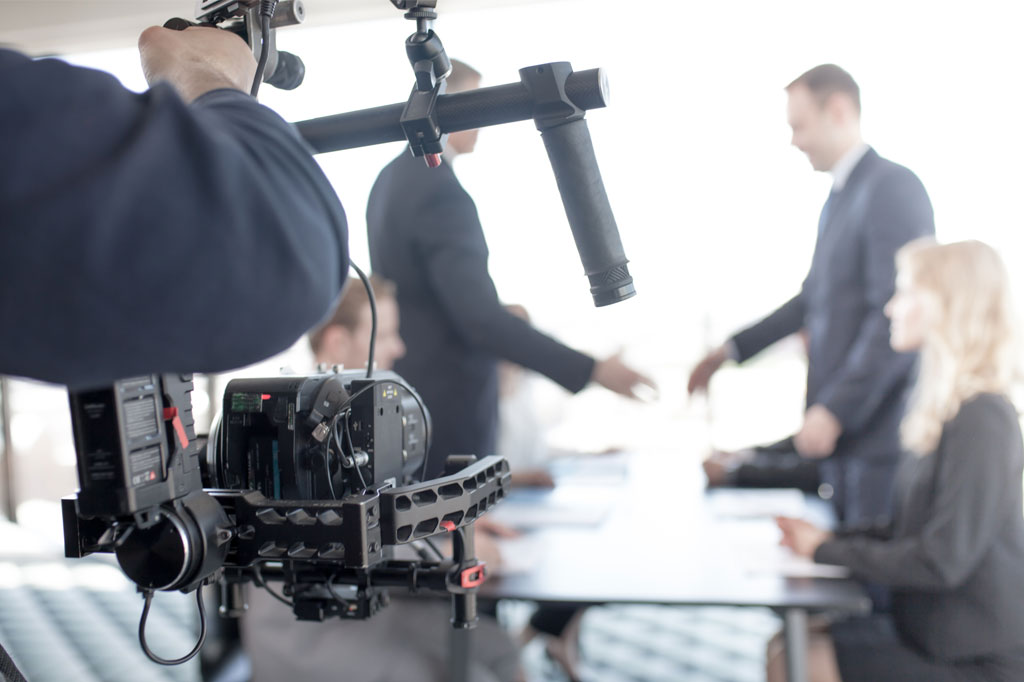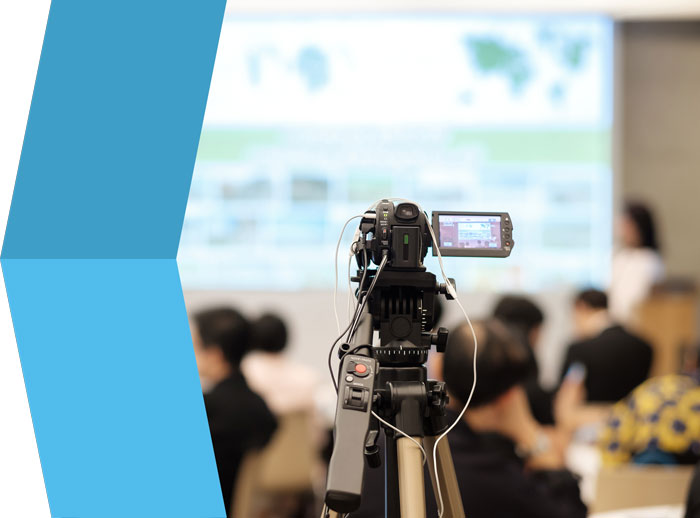Legal Videography: Transforming the Means Evidence is Caught and Presented
Legal Videography: Transforming the Means Evidence is Caught and Presented
Blog Article
Diving Into the Devices of Lawful Videography: Unveiling Its Procedure in Shielding Authentic Aesthetic Testimony for Judicial Procedures
In the world of judicial process, the duty of lawful videography stands as a cornerstone in maintaining and offering aesthetic proof. As modern technology remains to advance, the mechanisms behind lawful videography have actually ended up being significantly elaborate, using a crucial layer of authenticity to testaments recorded on video. By delving into the functional details of lawful videography, one can uncover the precise procedures that secure the integrity of visual proof provided in courts - Legal Videography. This expedition not only clarifies the historical advancement of lawful videography however likewise means the future fads that might better revolutionize just how aesthetic testaments are promoted in the realm of justice.
Historical Evolution of Lawful Videography
Checking out the historical progression of legal videography discloses a substantial change in the recording and presentation of visual proof within the lawful landscape. In the past, lawful procedures greatly relied on created photos and records to record occasions and offer evidence. Nevertheless, with the arrival of video clip innovation, the legal sector experienced a standard change in just how visual testament was recorded and presented.
The evolution of lawful videography can be mapped back to the late 20th century when improvements in video recording devices made it extra easily accessible for usage in courts. This technical improvement not just improved the precision and integrity of aesthetic proof yet additionally changed the way instances existed to courts and juries (Legal Videography). Attorneys began to recognize the convincing power of video clip recordings in sharing feelings, nuances, and non-verbal signs that composed photos or records alone might not record successfully
Technology Innovations in Video Clip Documentation
What key technological developments have transformed video clip paperwork in the legal area? The legal area has actually seen substantial advancements in video clip documents innovation that have actually improved the authenticity and reliability of aesthetic evidence in judicial process. One of the crucial improvements is high-definition (HD) video recording capabilities, which supply crystal-clear pictures and sharp information that are crucial for accurately recording testaments, faces, and various other visual signs. Additionally, the integration of timestamping and metadata features in video clip documentation devices has allowed specific documents of when and where the video was tape-recorded, guaranteeing the integrity of the proof provided in court.
Additionally, innovations in video security and watermarking modern technologies have actually boosted the protection and tamper-proof nature of video clip proof, securing it versus unauthorized alterations or tampering. Furthermore, the arrival of cloud storage services and remote access abilities has streamlined the storage space, retrieval, and sharing of video evidence, helping with smooth partnership among lawyers and making certain efficient accessibility to important aesthetic statements when needed. These technical advancements in video clip documentation have definitely revolutionized the lawful field, enhancing the precision, integrity, and admissibility of aesthetic proof in judicial process.
Function of Lawful Videographers in Court Settings
The evolution of video clip documentation modern technology in the lawful field has actually required a critical role for legal videographers in courtroom setups, anonymous making sure the integrity and reliability of aesthetic testaments provided throughout judicial proceedings. Legal videographers play a basic role in recording and protecting exact visual proof that can be essential in litigation. Their responsibility encompasses establishing devices, taping process, and producing high-grade video clips that properly reflect the events in the court.
Additionally, legal videographers often work carefully with legal groups to make sure that the video evidence straightens with the case's needs and can be properly provided in court to sustain the legal arguments being made. Generally, the duty of legal videographers in court setups is crucial in upholding the concepts of justice and making certain the openness of legal procedures. Legal Videography.

Ensuring Admissibility and Honesty of Video Proof
To maintain the reliability of aesthetic evidence offered in lawful procedures, guaranteeing the admissibility and honesty of video evidence is a vital duty for lawful videographers. Admissibility refers to the approval of evidence by the court, and for video evidence to be admissible, it must meet particular requirements. Legal videographers play a crucial function in ensuring that the videos they record follow the rules of proof, such as credibility, importance, and dependability.
Honesty of video clip evidence includes keeping the creativity and precision of the footage from the time it is tape-recorded till it is presented in court. This includes firmly keeping the video clip data, recording the chain of custody, and protecting against any meddling or changes. Legal videographers must stick to rigorous procedures to assure the stability of the video evidence and prevent any kind of challenges to its authenticity.
Future Trends in Legal Videography
Provided the boosting dependence on innovation in legal process, legal videographers are positioned to accept ingenious innovations shaping the future of aesthetic testimony capture and presentation. Among the famous fads coming up is the integration of online reality (VR) and enhanced reality (AR) innovations into legal videography. These innovations have the potential to change how aesthetic evidence exists in courts, enabling juries and courts to submerse themselves in the scene of the criminal activity or case.
Moreover, the use of expert system look at this website (AI) formulas for video clip evaluation is expected to simplify the procedure of examining and analyzing big quantities of video clip footage. AI can aid in determining crucial moments, anomalies, and patterns within video clips, improving the efficiency of legal investigations.

Verdict
In final thought, legal videography has actually played a crucial function in providing authentic visual proof for judicial process. With technical advancements and the proficiency of legal videographers, the integrity and admissibility of video proof are guaranteed in courtroom settings. As legal videography proceeds to evolve, it will be important to copyright criteria that maintain the accuracy and dependability of visual testimony for the future of legal process.
Analyzing the historic progression of legal videography reveals a considerable makeover in the recording and discussion of visual evidence within the legal landscape.The development of video clip paperwork innovation in the legal field has read this post here actually necessitated a vital role for lawful videographers in court room settings, making sure the integrity and integrity of visual statements provided during judicial procedures. Furthermore, lawful videographers often function very closely with legal groups to make certain that the video clip proof straightens with the case's requirements and can be properly provided in court to sustain the lawful disagreements being made.To maintain the reputation of aesthetic proof offered in lawful proceedings, making sure the admissibility and stability of video proof is a vital obligation for legal videographers. As lawful videography proceeds to develop, it will be vital to promote criteria that keep the precision and reliability of visual testament for the future of lawful proceedings.
Report this page